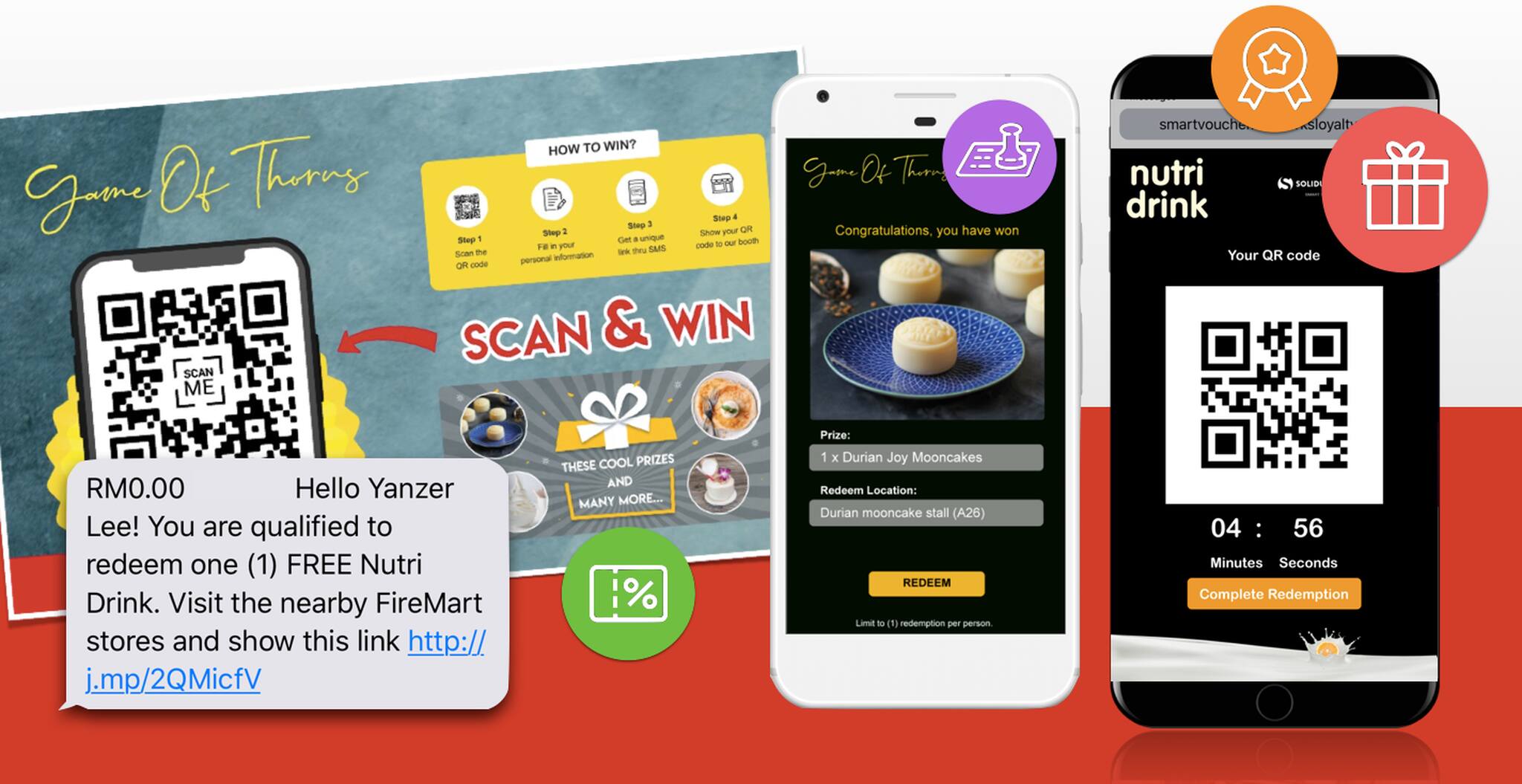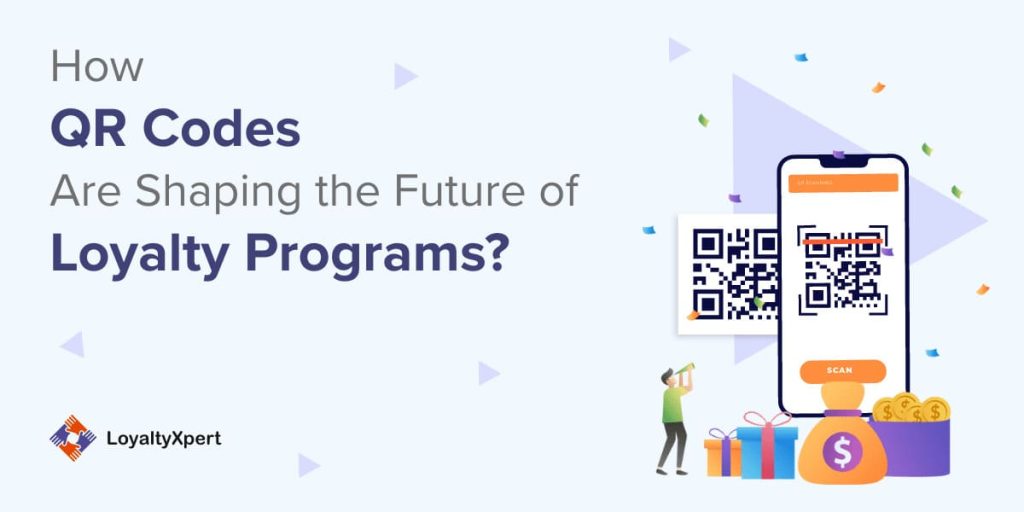Increase Customer Lifetime Value with a Strategic Loyalty System
Wiki Article
Commitment System Insights: Rewarding Customers and Expanding Your Brand Name
Loyalty programs have advanced beyond mere transactional incentives; they currently offer as strategic tools for fostering much deeper customer connections and enhancing brand commitment. The effect of a well-implemented commitment program prolongs past customer retention, driving campaigning for and shaping brand name perception in an affordable industry.Comprehending Commitment Programs

By examining this data, businesses can customize their offerings to better meet consumer requirements, creating an extra individualized buying experience. This personalization is pivotal in constructing depend on and emotional links, which are crucial for brand commitment. Loyalty programs can boost customer involvement with unique offers, incentives, and experiences that resonate with customers, strengthening their dedication to the brand.
Furthermore, loyalty programs can add to raised consumer lifetime worth, as satisfied and faithful consumers are most likely to make constant purchases and refer others. Eventually, when applied effectively, commitment programs not just incentivize immediate sales however additionally cultivate a neighborhood of brand name supporters, thus driving sustainable development for organizations in a competitive market.
Kinds of Compensate Systems
Different kinds of incentive systems exist within commitment programs, each designed to satisfy various customer choices and service objectives. One popular strategy is the points-based system, where consumers earn points for every acquisition, which can later on be retrieved for items or discounts. This model encourages repeat deals and promotes a sense of accomplishment as clients gather factors.An additional reliable kind is tiered incentives, which incentivizes consumers to get to greater degrees of commitment. As consumers proceed via rates, they open significantly beneficial advantages, therefore boosting consumer involvement and retention. This system compensates both first spending and ongoing loyalty, making customers feel valued.
Cashback benefits are likewise common, using clients a percent of their purchase back as cash or debt. This straightforward strategy interest price-sensitive customers and can drive extra constant acquisitions.
Finally, experiential incentives give one-of-a-kind experiences, such as unique occasions or early access to items. These incentives create unforgettable interactions with the brand, cultivating deeper psychological links.
Each of these systems provides distinct benefits, allowing organizations to customize their loyalty programs to straighten with their client demographics and tactical objectives.

Advantages of Implementing Loyalty Programs
Carrying out commitment programs uses countless benefits that can significantly enhance a service's connection with its clients. Among one of the most remarkable advantages is the raised consumer retention price. By rewarding repeat purchases, organizations promote a sense of belonging, urging clients to return extra regularly. This not only reduces advertising and marketing costs connected with acquiring new consumers but additionally improves overall productivity.Moreover, commitment programs enable services to accumulate important information on consumer choices and acquiring actions. This details can be analyzed to customize advertising and marketing initiatives, bring about even more customized and efficient campaigns. The understandings got can aid services determine fads, maximize product offerings, and enhance client contentment.
Additionally, commitment programs commonly produce an one-upmanship in congested markets. By establishing a solid commitment framework, services can differentiate themselves, bring in customers that prioritize brand names that worth their loyalty.
Lastly, a well-structured loyalty program can cultivate brand advocacy. Loyal consumers are most likely to suggest a brand to others, efficiently transforming them into brand name ambassadors. In conclusion, applying commitment programs is a strategic move that can produce considerable advantages, ultimately driving long-term organization growth and success.
Strategies for Effective Engagement
Efficient interaction is crucial for taking full advantage of the benefits of loyalty programs and making sure continual customer passion. Loyalty System. To foster purposeful connections, services need to adopt a multi-faceted strategy that stresses communication, value, and personalizationFirst, leveraging client information to develop tailored experiences improves interaction. By assessing acquisition background and choices, brand names can use customized rewards or suggestions that click to read resonate with individual consumers. This targeted method not just raises fulfillment however likewise urges repeat communications.
2nd, regular and clear communication is essential. Utilizing different networks, such as email newsletters, social media sites, and mobile apps, guarantees consumers Recommended Reading are notified regarding promotions, benefits, and program updates. Constant messaging keeps the brand top-of-mind and reinforces the worth of commitment participation.
Finally, integrating gamification components can significantly enhance engagement. Features such as factor buildup, obstacles, and tiered rewards produce a sense of accomplishment and exhilaration, encouraging customers to involve even more actively with the program.
Integrating these techniques cultivates a faithful client base, driving continual growth and brand name fondness while maximizing the potential of loyalty programs. By concentrating on reliable interaction, businesses can enhance connections and enhance the overall consumer experience.
Determining Success and ROI
To properly examine the efficiency of loyalty programs, companies have to establish clear metrics for measuring success and return on financial investment (ROI) Secret efficiency indications (KPIs) such as customer retention rate, average order value, and the frequency of repeat acquisitions provide quantifiable understandings into program efficiency.Furthermore, tracking the overall effect on consumer life time value (CLV) is essential. A successful commitment program ought to increase CLV by cultivating client commitment and encouraging repeat purchases (Loyalty System). Companies ought to likewise take into consideration the expense of maintaining the program and implementing against the profits generated via faithful consumers
Another beneficial method is to assess client engagement metrics, such as involvement prices in commitment activities and the redemption of incentives. This information permits firms to refine their offerings and enhance consumer experiences.
Moreover, using sophisticated analytics and customer comments can better support the assessment of loyalty program efficiency. By integrating qualitative understandings with measurable information, services can adjust techniques to enhance efficiency. Eventually, an extensive dimension moved here framework will certainly allow companies to comprehend real value of their loyalty programs and make notified choices for future growth.
Final Thought
In verdict, loyalty programs offer as a crucial system for boosting customer interaction and cultivating brand name loyalty. The calculated execution of these programs not only enhances consumer retention yet also transforms pleased consumers right into advocates, contributing to brand growth and affordable benefit.Commitment programs have actually evolved beyond mere transactional benefits; they currently offer as critical devices for fostering deeper customer connections and improving brand name commitment. As clients proceed via rates, they open significantly important advantages, thus improving consumer engagement and retention. A successful commitment program should increase CLV by cultivating client loyalty and motivating repeat purchases.In verdict, commitment programs serve as an essential mechanism for improving client interaction and cultivating brand loyalty. The tactical execution of these programs not only increases client retention but likewise transforms satisfied consumers right into supporters, adding to brand name development and affordable benefit.
Report this wiki page